Alloy–bacteria hybrid device can split water and produce liquid fuels
An artificial leaf may be set to beat photosynthesis at its own game, according to a group of researchers in the US. The device is 10 times more efficient than a plant and can convert carbon dioxide into a series of liquid fuels.

Although it’s a driving force behind the world’s ecosystems, photosynthesis is an inefficient process. Most plants can only convert around 1% of incoming energy into sugars. Artificial photosynthetic cells have tried to exceed this low threshold with limited success, often splitting water with a catalyst, but falling short of creating a viable energy source or fuel.
Daniel Nocera and his colleagues at Harvard University have now created an electrochemical cell that can convert solar energy into isopropanol, isobutanol or isopentanol. Immersing cobalt–phosphorous alloy electrodes in water, the team combined this catalyst with a Gram-negative soil bacterium – Ralstonia eutropha. The alloy catalyst drives water-splitting and the bacteria absorb the evolving hydrogen. Once absorbed, carbon dioxide reduction takes place and an alcohol forms.
The team found this process was more efficient than plant photosynthesis, with the catalyst– bacteria system capable of efficiencies of up to 10%. They also contend the leaf will usher in an era of chemical production using solar energy.
References
C Liu et al, Science, 2016, 352, 1210 (DOI: 10.1126/science.aaf5039)
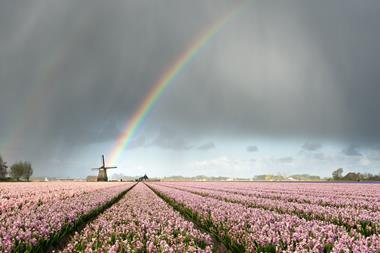
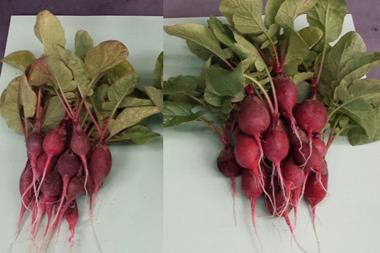
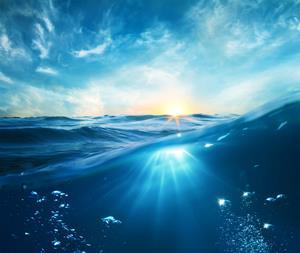
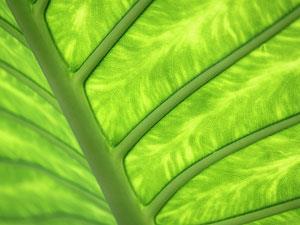
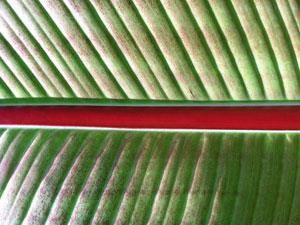







No comments yet